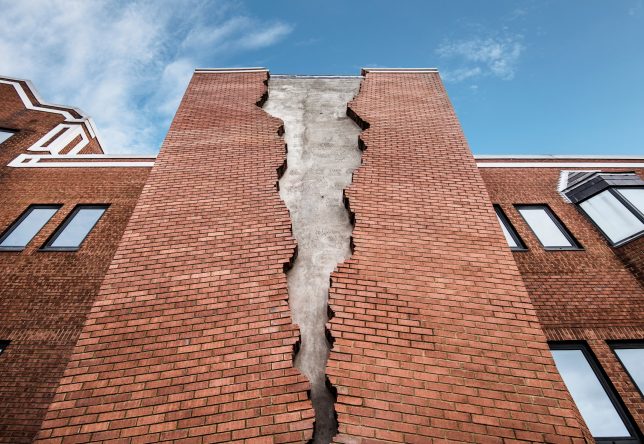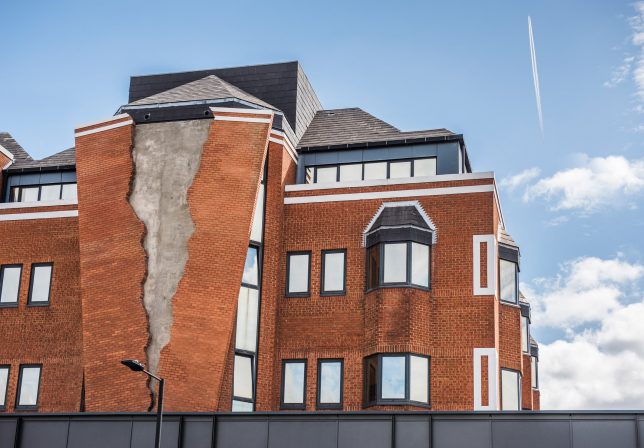LensRentals Canon EF 70-200mm F2.8 Mark III and Mark II teardown
 |
When Canon announced the EF 70-200mm F2.8L IS III USM earlier this summer, the company was pretty open about the fact that it was a minor upgrade to its predecessor, featuring tweaked coatings and a new finish, but the same optical-mechanical formula.
Never ones to take a press release at face value (and since repairing lenses is a big part of their job) Roger Cicala and the team at LensRentals opened the lenses up to see whether Canon made any hidden changes. Not to spoil the surprise, but what they found… wasn’t a surprise.
All images courtesy of LensRentals, and used with permission.
LensRentals tears down Canon EF 70-200mm F2.8 Mark III and Mark II
 |
The new Mark III version of the 70-200mm F2.8 is indeed optically and mechanically identical to the older Mark II. In Roger’s words: “If you think there’s an optical or performance difference, please contact me about some Tennessee Beach-front property I have for sale.”
But that doesn’t mean that they’re not optically and mechanically interesting lenses. According to Roger, the various versions of the Canon EF 70-200mm F2.8 are possibly the most popular lenses that the company has in their loan stock, but because they’re so complex, internally “the 70-200mm f/2.8 is […] one of the ugliest bits of engineering in the Canon fleet”
LensRentals tears down Canon EF 70-200mm F2.8 Mark III and Mark II
 |
If the containing tape in the last photograph didn’t give it away, the camera-side internals of the 70-200mm F2.8 II/III are something of a rats nest of fragile ribbon connectors, wires and PCBs. “Not much fun to work with” says Roger, and we believe him.
LensRentals tears down Canon EF 70-200mm F2.8 Mark III and Mark II
 |
This shot shows the rear group (being lifted off) connected by one remaining ribbon to the image stabilization unit. The rear group acts as a single centering element, making it “a bit of a pain to adjust”, requiring repeated adjustment, reassembly, more adjustment, reassembly (again) and so on, until it’s correctly aligned.
LensRentals tears down Canon EF 70-200mm F2.8 Mark III and Mark II
 |
Here’s the IS unit, removed from the main lens barrel. The tweezers indicate one of the four posts that stop the IS unit from moving around too much inside the lens. To avoid damage to the IS unit during travel or shipping, Roger recommends turning IS off when the lens is still on the camera. Otherwise the element won’t lock and these plastic posts are the only things stopping the lens from banging around freely inside the barrel.
LensRentals tears down Canon EF 70-200mm F2.8 Mark III and Mark II
 |
Two layers of weather-sealing tape (which the LensRentals team tells us is pretty much the same material as this stuff) protects the 70-200mm’s front group, and helps prevent water ingress. This is how the LensRentals team gets access to the front element of the 70-200mm, which they have to do a lot, to replace scratched front elements, get rid of dust and make optical adjustments.
So is the new Mark III version worth upgrading to? We’re not convinced, and neither are Roger and his team. Both are excellent lenses, and if you can find a Mark II for a good price, go for it.
For more details – and a lot more images – read the full blog post at LensRentals.com.
Read the full tear-down at LensRentals
Articles: Digital Photography Review (dpreview.com)






























You must be logged in to post a comment.